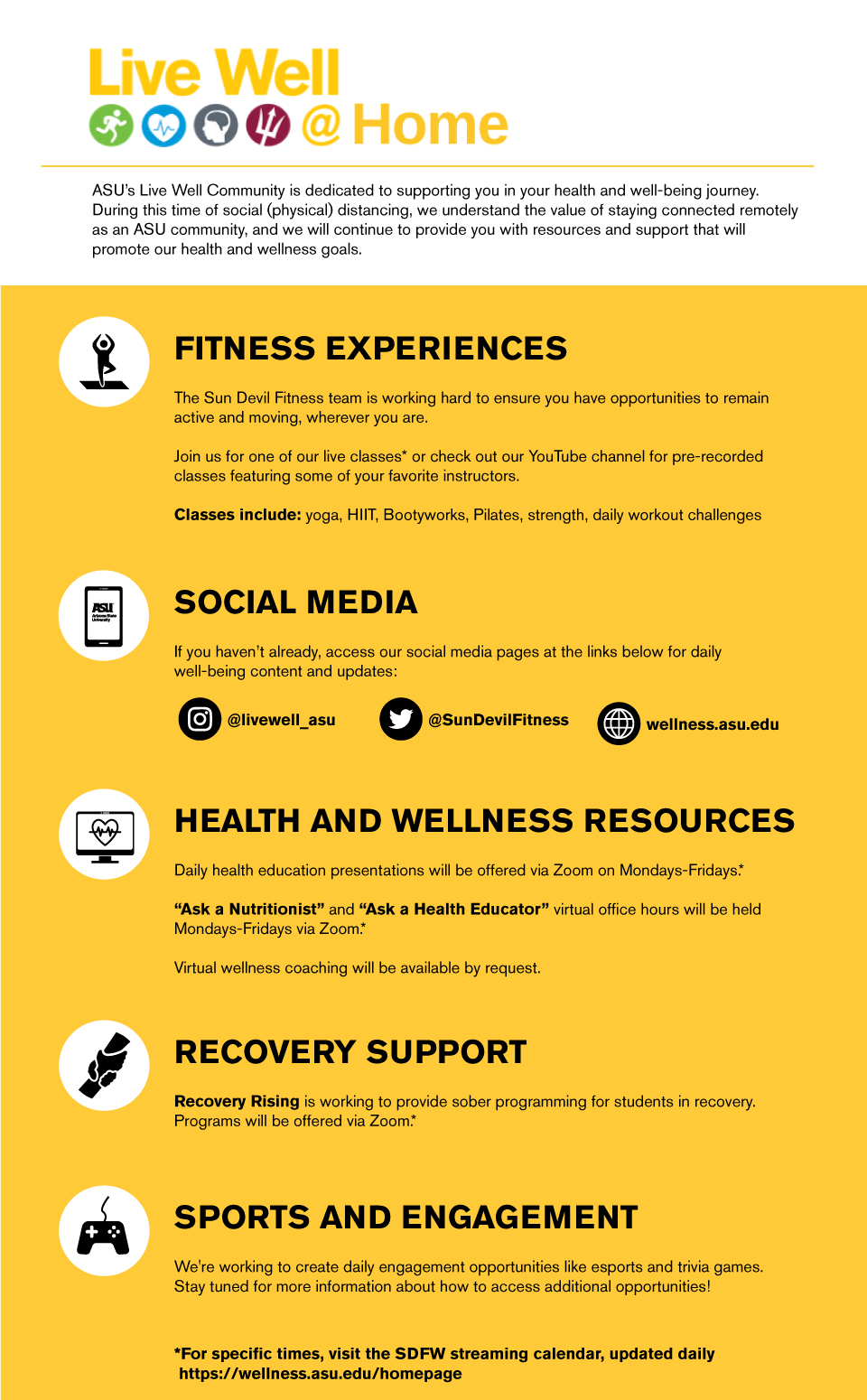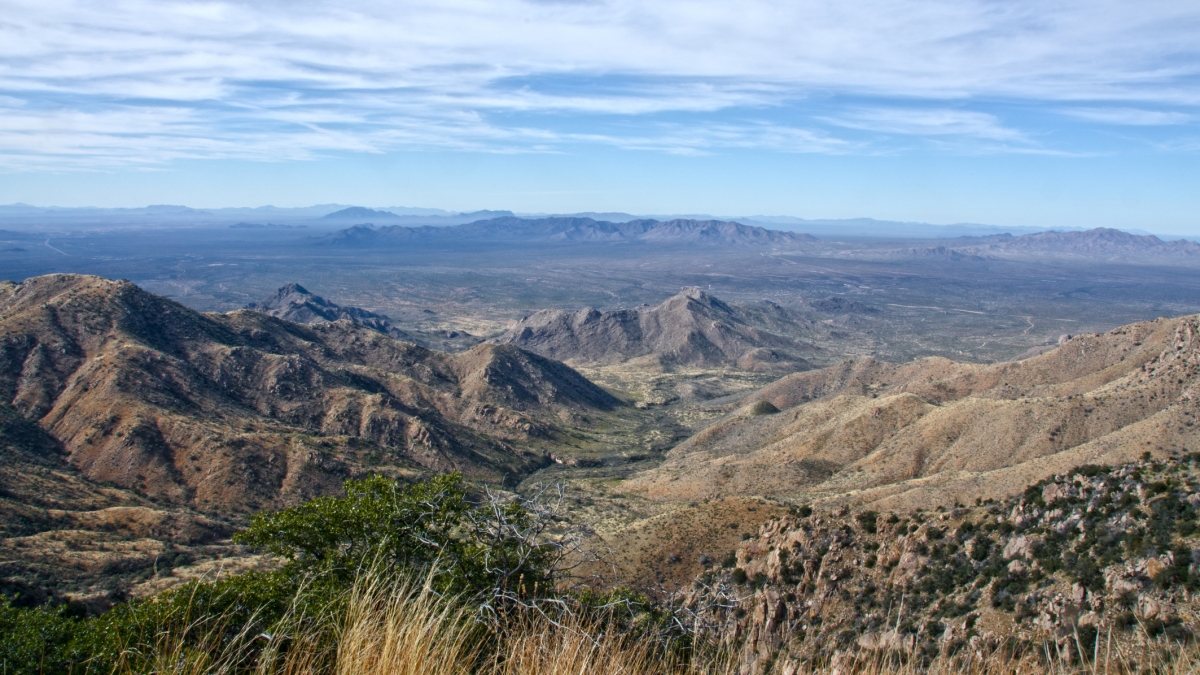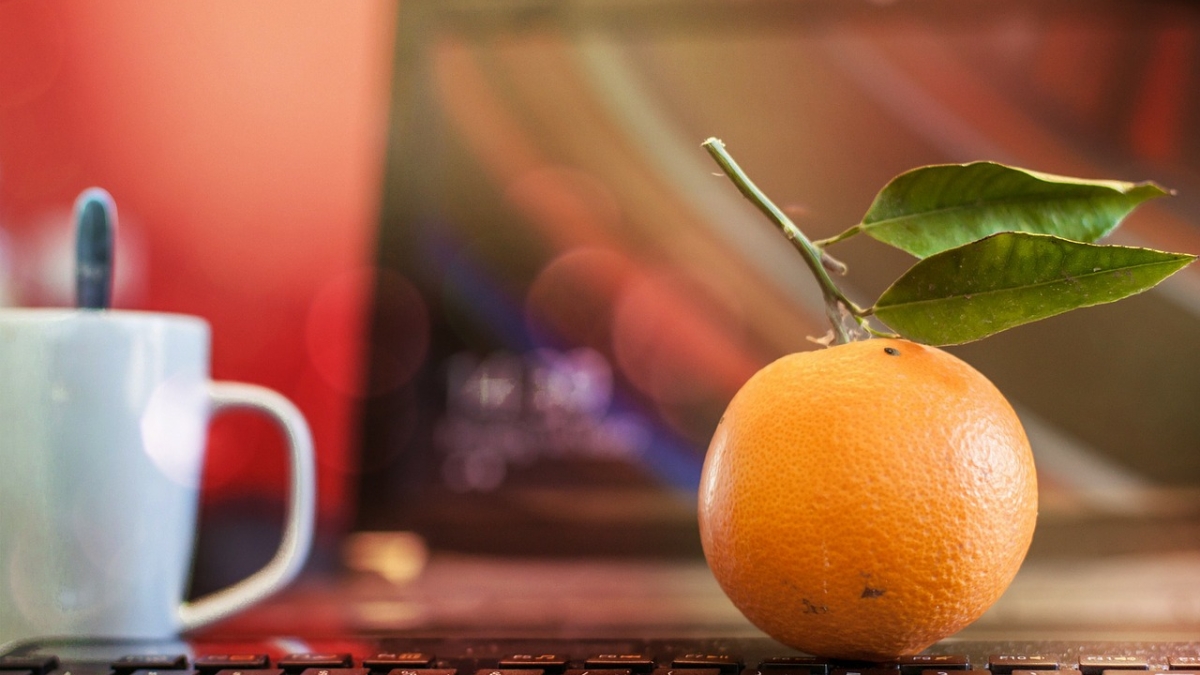There are so many factors that contribute to living a healthy lifestyle — adequate physical activity, proper nutrition, a sense of mental well-being — that it can be hard enough to check off all the boxes when life is going smoothly, never mind amid a global crisis that upends your entire routine.
But we don’t have to fall out of step just because things are different. In fact, keeping things as close to normal as possible can actually help us to better cope with the challenges presented by unexpected events.
That’s something the folks behind Live Well at ASU know well.
“Maintaining an overall sense of well-being is important, especially during stressful times,” said Christiana Moore, associate director of ASU Wellness and Sun Devil Fitness. “During these times, it can be helpful to focus on areas of your life that you can control, and aspects of your environment that you have the ability to influence and change. Routines help to provide structure and predictability.”
Christiana Moore
So while ASU students, faculty and staff are working and studying remotely, Live Well at ASU is providing a host of virtual resources and a schedule of livestreamed wellness offerings on everything from fitness to nutrition to sober programming to help keep them on track in their daily wellness journeys, all from the comfort of their own home.
“There are a few essential tips that we recommend that support ‘Build(ing) Your Best You,’ which is the principle that each person is on their own individualized health and well-being journey. These foundational elements can be especially useful during this time,” Moore said.
• Live: Focus on making daily decisions and choices that improve your well-being. Take a short walk, complete a virtual run with a friend, make time to stretch or dance. Try a new fruit or vegetable and incorporate it into a recipe, or focus on adding more fresh items to your plate. Set a new routine that allows you to obtain seven to nine hours of sleep per night.
• Feel: Become in tune with what you are feeling and experiencing, and reach out for support when you need help. Be kind to yourself and find practices that promote expression, such as journaling, mindfulness or painting.
• Learn: Strive to learn something new every day and accept that you are in the process of personal growth and development. Find a book, hobby or activity where you are cultivating new skills.
• Engage: Remember the importance of connection during this time and actively participate in conversation with friends and family. Although we are in a time of social distancing, we can continue opportunities for connection through video chats, phone calls and messages to loved ones.

Infographic by Alex Cabrera
In addition, College of Health Solutions Lecturer Julia Pearl and Assistant Professor Corrie Whisner had these wellness, fitness and nutrition tips to share:
Julia Pearl has 25 years of experience working in the wellness industry and a certification in mindfulness leadership. She’s also somewhat of a chair yoga guru.
On goal setting:
"Something I always tell my students, and something that’s especially important right now when we’re feeling so much uncertainty, is to find small things that create stability and structure. Create small, 'smart' goals for the day — goals that are specific, measurable, attainable, realistic and time-oriented. When so much is out of our control, all the unknowns can be paralyzing and overwhelming. So having a sense of structure in our day that’s based on small goals that we feel are attainable allows us to feel a sense of accomplishment that helps us mentally cope."
On communicating as a leader:
"One of the key things to being a leader is to make sure you’re centered and grounded before communicating. Right now, a lot of faculty are pretty inundated with student emails and messages expressing concern and uncertainty. They need leadership from someone who is grounded, balanced and projects good energy in order to stay motivated and positive. So when you’re going through those emails, take a few breaths between each message. Observe your emotional reactions and don’t take them from one message into the next one. Just a matter of a few minutes to reset your perspective can completely change a student’s experience."
On work/life balance while working from home:
"I can speak from personal experience because I’ve been working online for a while. What works for me from a work/life balance standpoint is to create rituals to allow there to be a separation between the two. There’s a term we hear a lot in mindfulness: segment intending. It’s about setting an intention before stepping into the next segment of your day. For example, in the morning, I have a ritual that helps to delineate my personal time after waking up from when I begin work. I take some time to run or mediate; something that doesn’t have to do with work, to balance myself before getting started. Then when I step into my workspace, even though I’m only walking maybe 5 feet, I can go in with the intention set to just focus on work. It’s also important to have those intentional moments throughout the day. Don’t eat at your desk; set an intention to take a lunch break and step away from your computer. I’m a huge proponent of mindful eating. Fully enjoy and embrace the food your eating. Then when you end that mode, go back to work mode. And then make sure to have closure at the end of the day, because otherwise, it can feel like your day never ends. One thing you can do is end each day by setting an intention for the next day. For example, you could make a to-do list of tomorrow’s goals. That allows your brain to have some closure. Then go for a walk, take a shower, have family time or do something non-work related. And be disciplined about not answering emails at 11 at night."
On sleeping well:
"It helps to have an evening sleep ritual; we call it sleep hygiene. For example, give yourself an hour off of electronic devices before bed. Take a hot shower, drink some tea, do some yoga stretches or meditation, journal or read an uplifting book. Something that takes you away from all of the fear and the news that’s so inundating and nervous-system-provoking. And just decompress. It’s all going to be there tomorrow. Then when go to bed, you can actually sleep. You’re not thinking about all the things you need to do. There are some helpful sleep meditation apps if you find you’re really having trouble."
Chair yoga routine:
Video courtesy of Julia Pearl
Corrie Whisner’s research focuses on the effects of diet on human metabolism, specifically the effects of dietary components on the gut microbiome and related metabolic diseases such as osteoporosis and obesity.
On fiber:
"A lot of prebiotics and probioticsPrebiotics are a special form of dietary fiber that acts as a fertilizer for the good bacteria in your gut while probiotics are live bacteria that can be found in yogurt and other fermented foods. occur naturally in the foods we eat. They’re thought to enhance immune function, weight maintenance and skeletal strength. While it’s harder to find foods like beans that naturally contain a lot of fiber at grocery stores right now, you can always try the frozen food section — some people don’t know that you can actually buy frozen beans! Some other good options can be found in the cereal aisle, like instant oatmeal. You can simply have oatmeal for breakfast, make granola bars or even cookies, which could be a fun cooking activity to do with your family while social distancing. There’s also still a lot of popcorn on the shelves. Popcorn is a great whole grain with lots of fiber. And although it’s a little bit more expensive, the produce aisle usually still has a good amount of food, so try shopping sales for what is available there. Cruciferous veggies like cauliflower, broccoli and cabbage pack more of a nutritional punch than say carrots or celery, so invest your resources in those. You can roast them, grill them, make soups; there’s lots of possibilities there."
On plant-based diets:
"The best place to start is the produce aisle, but the freezer aisle is another good option here. Focusing on fruits, veggies and whole grains is a good approach. You could do taco Tuesday with roasted cauliflower and use beans as the protein for the filling. Get creative, and don’t forget you can use the internet to find recipes."
On Vitamin D:
"Vitamin D is a really cool nutrient because it acts like a hormone. You can get it from being exposed to the sun or from foods. Fatty fish like salmon, cod and tuna are good sources of vitamin D. It’s also really helpful for boosting your immune system, so especially nowadays, it wouldn’t hurt to incorporate some of those food items into your diet if you can. Milk is also often fortified with vitamin D, if you’re not a fatty fish eater. And then mushrooms also contain lots of vitamin D if they’re exposed to a certain wavelength of light. You can look on the packaging at the grocery store to see if they contain vitamin D, and the ones that do are the same cost as the ones that don’t."
Top photo courtesy of Pixabay
More Health and medicine

First exchange student for Biodesign Institute Europe bridges labs 5,000 miles apart
This spring semester, Grace Colley traveled to Arizona State University and became the first student to participate in the Biodesign Institute Europe student exchange program. In doing so, she helped…

College of Health Solutions hosts visit from leading expert in genomic research
Some fortunate Arizona State University faculty, staff and students were able to gain valuable insights and perspective during a visit by one of the country’s leading figures in health and scientific…

Indigenous ASU research team recommends assistance for tribal members still reeling from COVID-19’s effects
When Matt Ignacio’s tribe, the Tohono O’odham Nation, donated $1 million to Arizona State University to support COVID-19 research, he applied for some of the money to understand and report any…



